Introduction
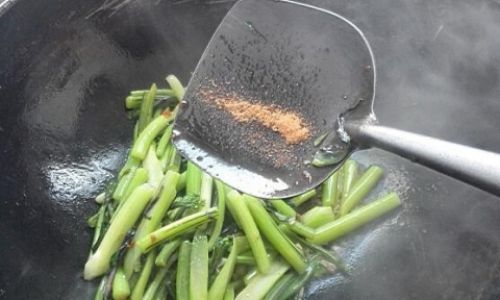
Chinese flowering kale, commonly known as cai tai or Chinese kale in English, is a nutritious and versatile vegetable widely consumed in Asian cuisines. Its tender stems and leaves are packed with vitamins, minerals, and antioxidants, making it a favorite among health-conscious individuals. However, like any other leafy green, proper cleaning is crucial to remove dirt, pesticides, and other contaminants before cooking or consuming it raw. This guide will provide a comprehensive step-by-step approach to ensure your Chinese flowering kale is thoroughly cleaned, preserving its freshness and safety.
Understanding Chinese Flowering Kale
Before diving into the cleaning process, it’s essential to understand the unique characteristics of Chinese flowering kale. This vegetable is characterized by its long, slender stems topped with clusters of small, edible flowers. The leaves can vary from delicate and thin to slightly thicker, depending on the variety. The stems are often tender enough to be eaten along with the leaves, adding a crunchy texture to dishes.
Chinese flowering kale grows best in cool climates and is often found in farmers’ markets and Asian grocery stores. Its popularity stems from its versatility in the kitchen; it can be stir-fried, steamed, souped, or even used in salads. However, given its growth habits and the potential for exposure to pests and dirt, proper cleaning is paramount.
Why Thorough Cleaning is Important
-
Removal of Dirt and Debris: Chinese flowering kale grows close to the ground, making it prone to collecting soil, dust, and other debris.
-
Pesticide Residue: Like many other crops, Chinese flowering kale may have been treated with pesticides to ward off pests. Thorough washing helps reduce the risk of consuming these residues.
-
Microbial Contamination: Leafy greens can harbor harmful bacteria and viruses, especially if they come into contact with contaminated water or soil. Cleaning helps minimize this risk.
-
Preservation of Flavor and Texture: Clean kale retains its fresh flavor and crisp texture better during cooking.
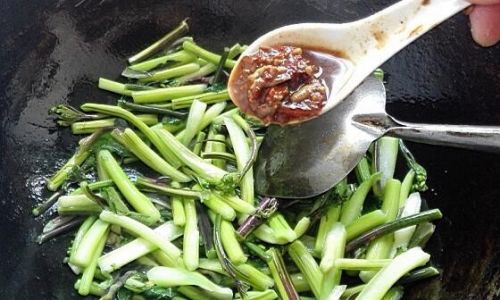
Step-by-Step Guide to Cleaning Chinese Flowering Kale
Step 1: Preparation
-
Gather Supplies: You will need a large bowl or sink filled with cold water, a vegetable brush or soft sponge, a colander or strainer, and a clean kitchen towel or paper towels.
-
Inspect the Kale: Before starting, take a moment to inspect the kale for any visible dirt, insects, or damaged parts. Discard any leaves or stems that look wilted, discolored, or damaged.
Step 2: Initial Rinse
-
Fill the Bowl: Fill a large bowl or your kitchen sink with cold water. Using cold water helps maintain the crispness and color of the kale.
-
Submerge the Kale: Place the kale in the water, ensuring all parts are submerged. Gently swish the kale around with your hands to loosen any dirt or debris.
-
Soak (Optional): For heavily soiled kale, you can let it soak in the water for about 5-10 minutes. This allows time for the dirt to settle at the bottom of the bowl.
Step 3: Scrubbing
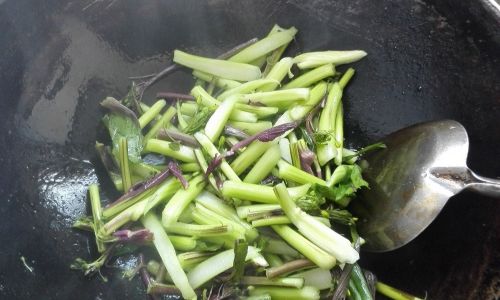
-
Use a Vegetable Brush: If you have a vegetable brush, use it to gently scrub the stems and leaves. Be careful not to tear the leaves, as this can damage their structure and increase the surface area for potential contamination.
-
Soft Sponge Alternative: If you don’t have a vegetable brush, a soft sponge can also be used. Avoid using abrasive scrubbers or steel wool, which can damage the kale.
Step 4: Rinse Again
-
Drain and Refill: Once you’ve scrubbed the kale, drain the water through a colander or strainer. Refill the bowl or sink with fresh cold water.
-
Rinse Thoroughly: Place the kale back into the clean water and rinse it thoroughly under running water if possible. This step ensures any remaining dirt, debris, or soap residue (if you used a sponge) is washed away.
Step 5: Drying
-
Pat Dry: Use a clean kitchen towel or paper towels to gently pat the kale dry. Avoid wringing or squeezing, as this can bruise the leaves and make them less appealing.
-
Air Dry: Alternatively, you can lay the kale out on a clean kitchen towel and let it air dry for a few minutes. This method is especially useful if you plan to use the kale immediately in a recipe that requires it to be dry.
Step 6: Inspect Once More

Before using the kale, take a final look to ensure all parts are clean and free of debris. This final inspection is crucial for catching any missed spots or stubborn dirt particles.
Additional Tips for Cleaning Chinese Flowering Kale
-
Use a Salad Spinner: For larger batches of kale, a salad spinner can be a huge time-saver. After rinsing, place the kale in the spinner basket and spin to remove excess water. This method is also gentle on the leaves, preserving their texture.
-
Vinegar Rinse: Some people prefer to add a small amount of vinegar (about 1-2 tablespoons per gallon of water) to the rinse water. The acidic nature of vinegar helps neutralize any pesticides or bacteria present on the kale. However, be sure to rinse the kale thoroughly with plain water after using vinegar to avoid leaving a taste.
-
Avoid Soaking in Salt Water: While some recommend soaking vegetables in salt water to remove pests, this practice is not recommended for Chinese flowering kale. Salt can draw out moisture from the leaves, making them limp and less appealing.
-
Store Properly After Cleaning: If you’re not planning to use the kale immediately, pat it dry and store it in an airtight container lined with paper towels. Place the container in the refrigerator’s crisper drawer, where it will stay fresh for a few days.
Cooking with Clean Chinese Flowering Kale
Now that your Chinese flowering kale is thoroughly cleaned, it’s ready to be transformed into a delicious meal. Here are a few cooking suggestions to inspire you:
-
Stir-Fry: Heat a bit of oil in a wok or large skillet over medium-high heat. Add garlic, ginger, and red pepper flakes (optional). Once fragrant, add the kale and stir-fry until tender-crisp, about 2-3 minutes. Season with salt and pepper to taste.
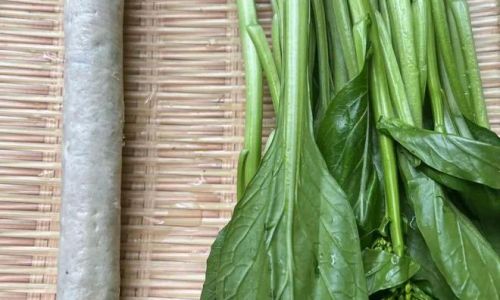
-
Soup: Add cleaned kale to boiling broth or soup stock. Let it simmer for a few minutes until wilted and tender. This method preserves the kale’s vibrant color and adds a nutritious boost to your soup.
-
Steam: Place cleaned kale in a steamer basket over boiling water. Steam for about 3-5 minutes, or until tender. Serve with a light dressing or drizzle of olive oil and a squeeze of lemon juice.
-
Salad: For a refreshing salad, combine cleaned kale with chopped vegetables like bell peppers, cucumbers, and carrots. Toss with a light vinaigrette and top with toasted sesame seeds or chopped nuts for added crunch.
Conclusion
Cleaning Chinese flowering kale may seem like a simple task, but it’s crucial for ensuring the safety and quality of your final dish. By following the steps outlined in this guide, you can ensure your kale is free of dirt, debris, and potential contaminants, ready to be enjoyed in a variety of delicious recipes. Remember, proper cleaning not only enhances the taste and texture of your kale but also helps preserve its nutritional benefits, making it a valuable addition to your healthy diet. Happy cooking!





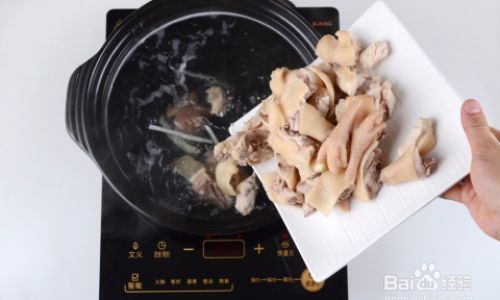
0 comments